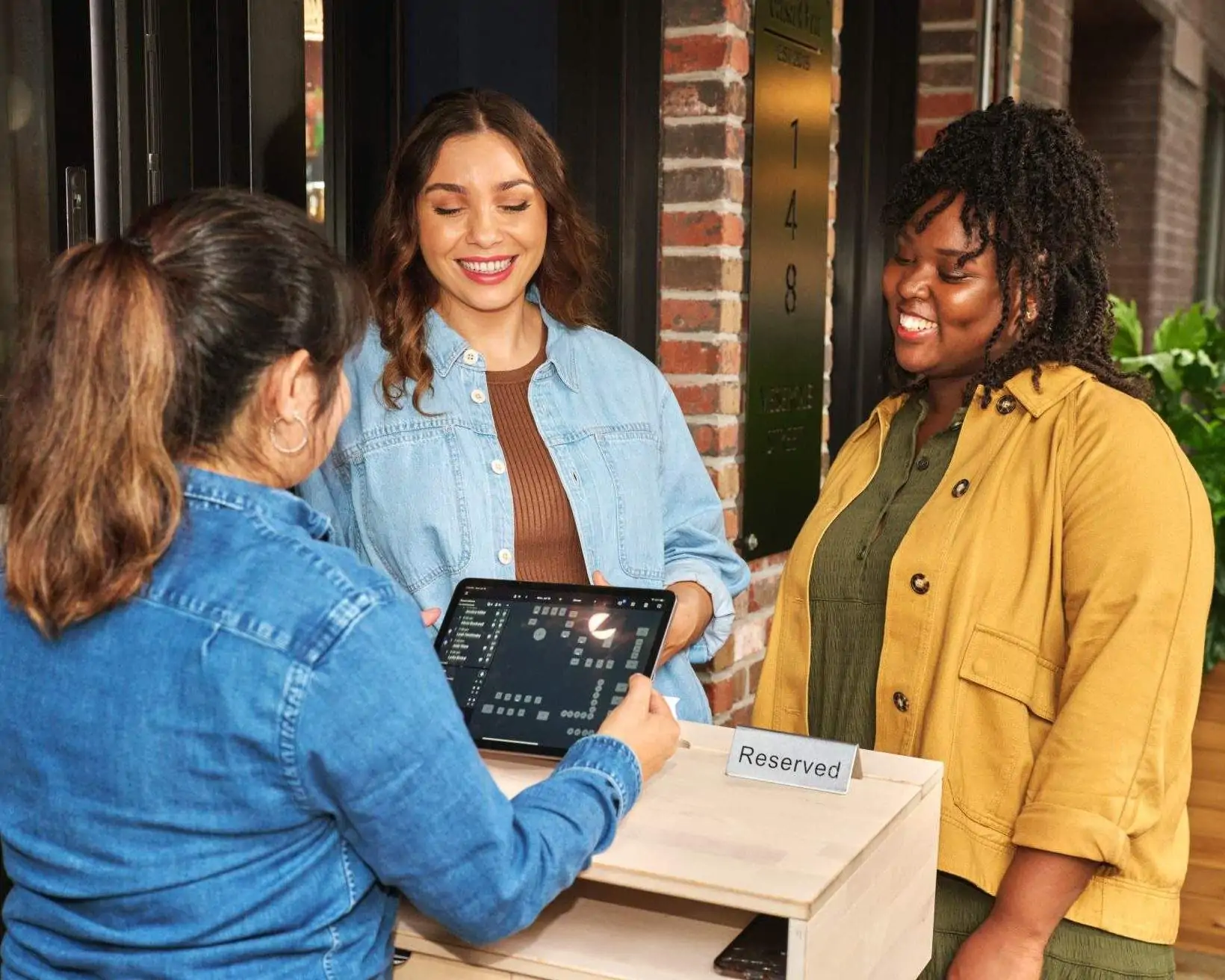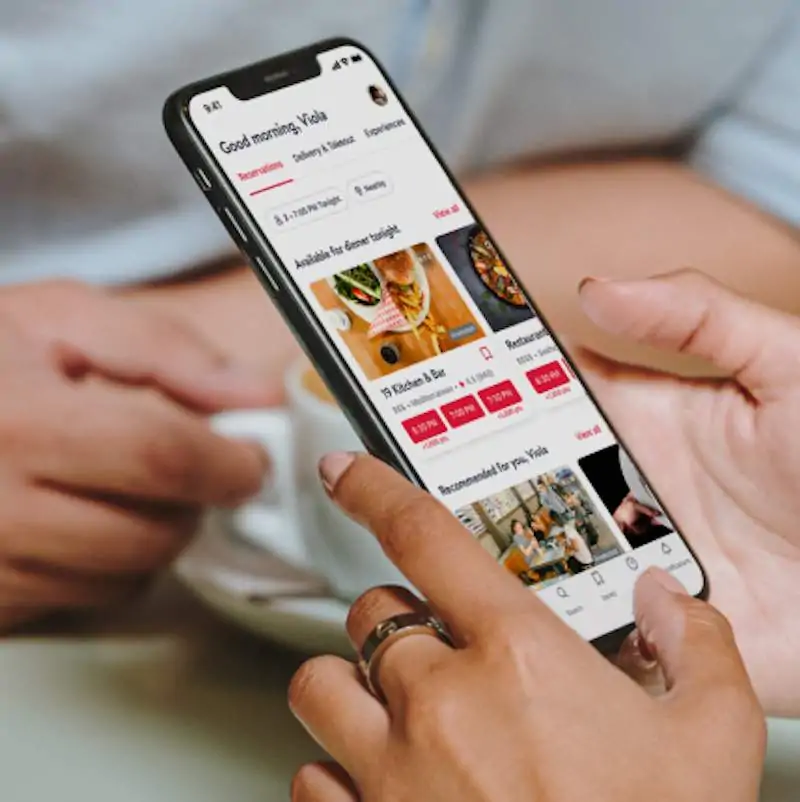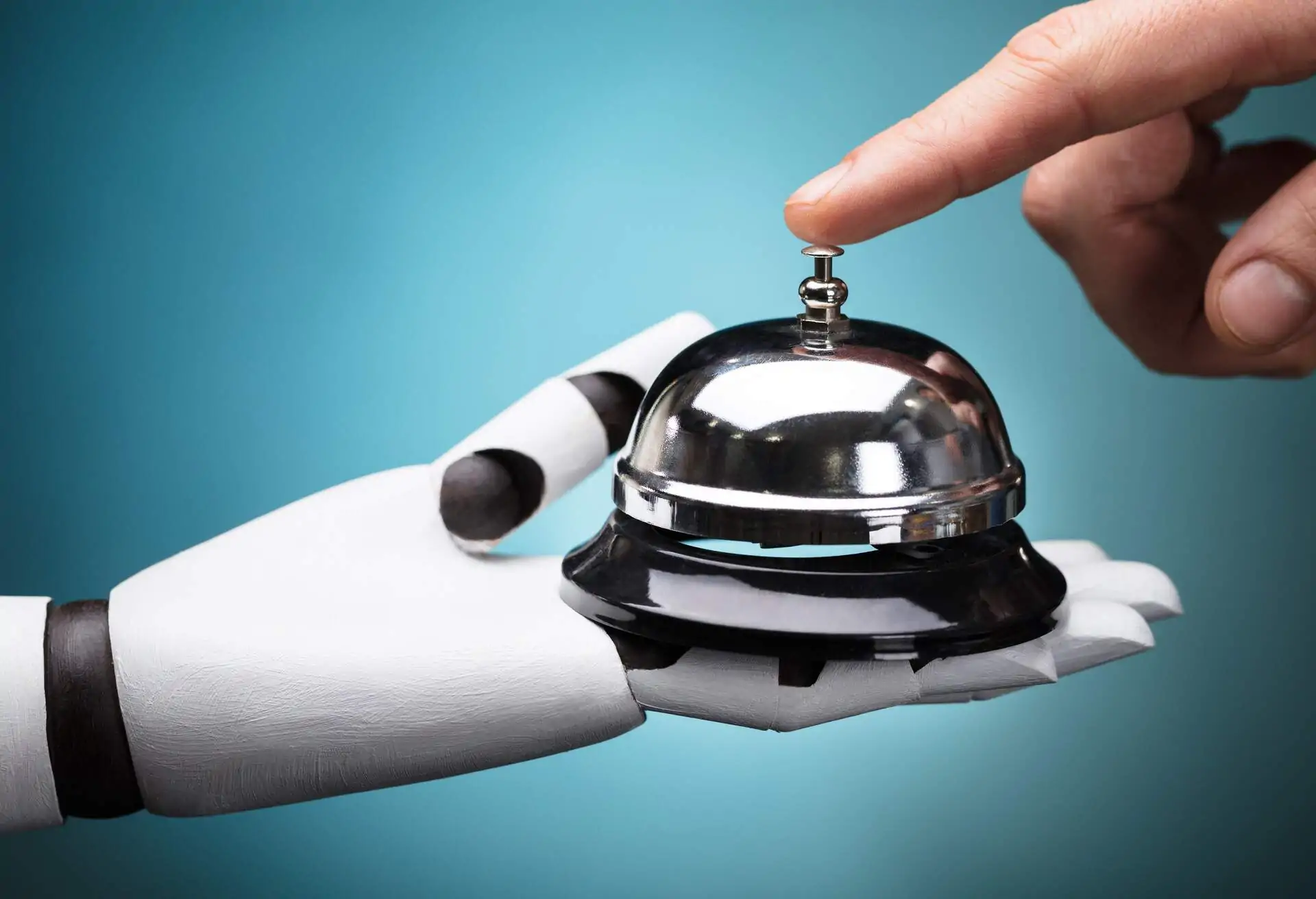People fall into two categories when it comes to reservations: Love ‘em or hate ‘em. Guests on team reservations tend to be planners, the people who aren’t willing to wait for a table or roll the dice on where they’ll have dinner. Team no-reservations, on the other hand, prize spontaneity. They’d rather walk in whenever they feel like it, even if there’s a good chance they’ll need to wait or not be able to dine at their first choice.
Fortunately, you don’t need to pick sides. Restaurants can accommodate both types by taking reservations while holding some tables for walk-ins. The balance is up to the restaurant. However, once restaurants experience the many rewards of reservations, some decide that reservation-only is the only way to go.
Reservations benefit restaurants and guests, but restaurants undoubtedly benefit more. A shift from walk-in only to reservations can bring:
Minimizing food waste
Making food purchasing decisions based on data gleaned from weeks, months, or years of reservation history is a lot more accurate than buying quantities based on a hunch. Over time, it’s possible to estimate with a high degree of accuracy the number of total covers you’ll have based on reservations on the books. This can prevent over-ordering and limit costly food waste.
Plan staffing better
If the number of covers you’ll do during a shift is unknown, there’s no way to know how many servers to put on the floor. Likewise, the number of cooks on the schedule to work will be nothing more than an educated guess. Reservations paint a realistic picture of staffing needs, which saves money. Pay more employees during busy shifts and save on payroll when it’s slow.
Forecast revenue more accurately
When all or most of the tables are booked in advance, the approximate revenue you can expect for a given shift isn’t mysterious. Multiply the number of covers by the check average to get a good estimate. Dig deeper into guest profiles to get more granular about what each table’s check will likely be by looking at what they’ve spent in the past.
Leave fewer guests waiting
An entryway clogged with walk-ins creates a stressful vibe that’s the sworn enemy of fun. Reservations bring order to this chaos. For the most part, guests come and go at a pace the restaurant sets. The higher the ratio of reservations to walk-ins, the more welcomed and relaxed incoming guests will feel.
Welcome more large groups
Big parties can be a boon for restaurants. Often they’re celebrating and splurging. The server taking care of them will likely get a bigger tip. But big parties are less likely to walk-in. Typically, they’ll be looking for reservations. When you don’t offer groups the chance to book in advance, you can lose out.
Offer more personalized hospitality
With today’s technology, not only do reservations allow a restaurant to know how many people are coming in, they’ll also know who is coming. Studying up on preshift reports empowers the team to customize service based on guest intell, not mind reading.
Deal with fewer surprises
A fully staffed yet dead shift is bad. Even worse: a booming random Tuesday night when you’ve got one server and no bartenders scheduled. In that case, lack of planning turns what should have been an opportunity to delight a large number of guests into a situation that leaves you racing to meet your minimum standards.
Maximize covers
When a restaurant is walk-in only, the dinner rush happens at a very predictable time. You might be busy for two hours and dead the rest of the shift. Reservations, flow controls, and availability planning can help maximize covers throughout the entire shift.
On a reservation platform, there are tools that can help fill seats during slow times. Altogether, it helps shifts run smoother as you serve more guests without compromising hospitality.
Get more reviews
People are much more likely to leave an online rating or review when you ask them nicely. With reservations, you have the contact information you need to follow up with an email asking guests to leave you a review. Bonus points: Send a follow-up survey to get feedback that can help you improve.
How guests benefit
That’s a lot of benefits for restaurants, but guests also enjoy perks from reservations. Here are a few reasons many guests wouldn’t leave home without a reservation:
Less stress
When you know where you’re going and what time, it subtracts anxiety and makes room for more fun. With a reservation on the books, people can relax and look forward to their visit knowing the restaurant will be ready when they are.
Plan for special occasions
Reservations let guests start a conversation with a restaurant before they arrive. This is especially important when people dine out to celebrate a special occasion. People can ask questions or make requests so you can make their birthday or anniversary unforgettable.
Ability to make requests
Special occasions aren’t the only thing a guest may want to plan for during the booking process. Guests who use wheelchairs may need accommodations that are easier to make in advance. If you have a heads up that a blind guest is coming, you can prepare or create a braille or audio version of the menu if possible. People remember and return to restaurants that help them.
Avoids disappointment
When guests can plan ahead with a reservation, they don’t have the heartbreak of arriving at a restaurant only to be turned away because the place is packed. That experience can leave a bad taste in a guest’s mouth, and they may never return.
Of course, accepting reservations can have risks. No-shows are a serious problem. But there are good ways to mitigate this risk and still offer reservations. Requesting deposits works for many restaurants. You can always split the difference and set aside tables for walk-ins. But for most restaurants, the benefits of accepting at least some reservations far outweigh the disadvantages.




